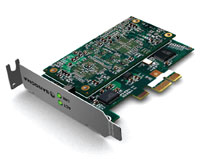
I had a briefing with Frederic Dickey, the Montreal-based Director of PLM for Sangoma, last week where we discussed the company’s new products and focus going forward. This session was triggered by VoiceCon (now EnterpriseConnect), which took place earlier in May.
Sangoma, has been a fast growing publicly traded (TSXV:STC) manufacturer of communications interface cards and software with standard computer form factors. Products are typically deployed in IP PBX, IVR select IP routers and other telecom devices by the systems integrator sales channel around the world.
Key products included the AFT and the more recent B600 series of gateway cards introduced late 2009 that integrate digital and analog PSTN (FXO) or line-side (FXS) ports on the same card. This new architecture allows more precise hardware configurations without necessarily consuming more hardware slots, or over-configuring interface capacity (for example, buying a 4-port card to handle 1 port for the fax machine).
The NetBorder Express card and software allows the integration of formerly standalone IP-PSTN gateway devices with their own power supply, network interface and card cage, directly into the IP PBX server. This reduces cost, network interfaces and footprint for the customer. The application suite supported include pbxnsip, voxeo, 3CX, Microsoft OCS 2007 and any other application where the interface between the gateway card and the application suite needs to be SIP.
What’s after Gateways?
A company like Sangoma, that has built its business around the need for interfacing between the standalone IP environment within enterprise LANs where the IP PBX and the IP phone reside, and a circuit switched PSTN so that IP phone users can actually order pizza and contact customers, has to consider as part of its strategy, what happens when the PSTN is all-IP? Not to cause a panic, gateways will be a big market for sometime into the future especially as the PSTN gets hollowed out (IP on the inside with analog and digital interfaces at the periphery), but the players in this market need to consider what happens to them and their product line when it’s IP everywhere?
The trend towards [[SIP trunking]] is driven by concerns about cost and quality. Enterprises eliminate their gateways relying instead on gateways owned by their SIP trunk provider. Two enterprises with SIP trunking services can achieve an all IP conversation without gateways, which enables wideband and high definition audio codecs for a higher quality audio experience than if the call traversed a digital gateway in the carrier or at the enterprise edge.
 D100 Transcoding Coprocessor
D100 Transcoding Coprocessor
To address this question, Sangoma has delivered a two-pronged strategy to solve new problems for customers. The newest product, the D100, is a transcoding coprocessor. This product fits in the IP PBX server or in a specialized computer loaded with D100 cards. It’s goal is to offload media processing from the IP PBX, so that the highest quality codecs that two dissimilar devices (IP phones for now, but there are plans to include IP video endpoints) can support are both supported. Most IP devices negotiate from the top down – start at the highest quality they can support and then negotiate to the lowest – which can do a disservice to both users. The idea of a transcoding coprocessor is that the codec-codec issues are processed here, on this special purpose hardware and not on the IP PBX process.
The D100 can support from 30 to 480 simultaneous sessions depending on burned-in configuration or on codec transcoding mix. Of course, the device will need to support an ever-widening list of codecs including AMR, G.729, GSM, iLBC and others. The plan is to deploy this product at some future point to enabling video support since offloading video codec performance mismatches can be a boon to PC-based sessions since encoding is more work than decoding. Offloading some or all of the work to a processor in the cloud is going to be a growth market.
Contact Center Software
Contact centers are a particular important consumer of Sangoma hardware and software. The second prong of the Sangoma strategy is to focus on software middleware that makes the popular use of its hardware and software more valuable to customers. The NetBorder Call Process Analyzer listens in while the outbound dialer is dialing so it can immediately detect that a person has answered the phone and not an answering machine, so it can quickly assign the call to an agent.
Instead of using the commonplace heuristics, Sangoma has developed a business process that creates instructions for the CPA based on some 5,000 voice and call samples. Using clever and advanced (patent-pending too) measurements, Sangoma NetBorder CPA can balance the speed/accuracy tradeoff to achieve the contact center optimal productivity. That gain in accuracy means agents spend more time taking the calls and less time listening to answering machines, a result that contact center managers are going really appreciate.
The CPA is packaged as a SIP endpoint, so it can easily fit into an existing contact center approach and work with a wide array of SIP-compliant contact center products.









